Explanation
The Taehwagang River cuts across the heart of Ulsan and flows into Ulsan Bay, which is connected to the East Sea. The river basin, which stretches 36 kilometers from east to west and 28 kilometers from north to south, is mostly comprised of mountainous terrain, but there is fertile land on both sides of the river and at the southern end of the river. The river is presently an important source of drinking water for the citizens of Ulsan.
The field around the midpoint of Taehwagang River was left abandoned for a long time before it was founded as Taehwagang National Garden, preserving nature while providing a resting spot to the citizens of Ulsan. The garden is over twice the size of Yeouido Park in Seoul, and consists of natural water and a lush bamboo forest, known as Simnidae Forest, along with canola and forage barley fields. Simnidae Forest was once in danger of demolition as part of the government's flood control plans but remains preserved thanks to community efforts. Preservation efforts led to turning the area into Taehwagang National Garden of today, which was recognized as Korea's second national garden in 2019.
◎ Travel information to meet Hallyu’s charm - TV series"Death's Game"
This is the place that Yee-jae, reborn as his mother, visited to remember his mother by. There are six thematic gardens along the Taehwagang River, all beautiful in their own unique ways. The view created a strong contrast with Yee-jae’s sad expression, creating a memorably tragic scene.
Homepage
https://www.ulsan.go.kr/s/garden
https://www.ulsan.go.kr/tour
Information Use
Contact and Information : +82-52-229-3147~8
Parking facilities : Available
Day off : N/A (Open all year round)
Hours : Open 24 hr
More information
Restrooms
Available
Available Facilities
Themed gardens, walking trails, observatory, etc.
Location
154 Taehwaganggukgajeongwon-gil, Jung-gu, Ulsan
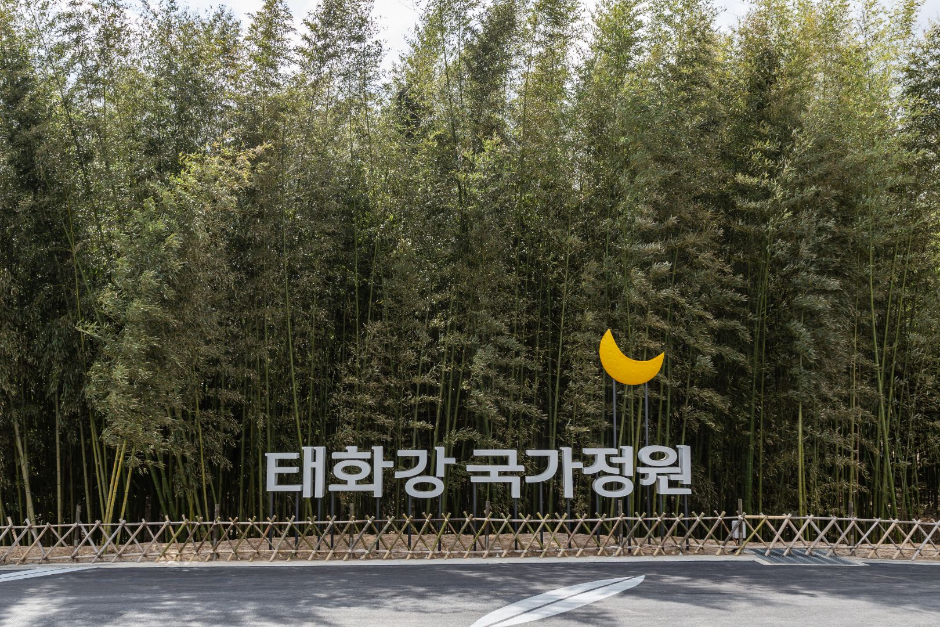
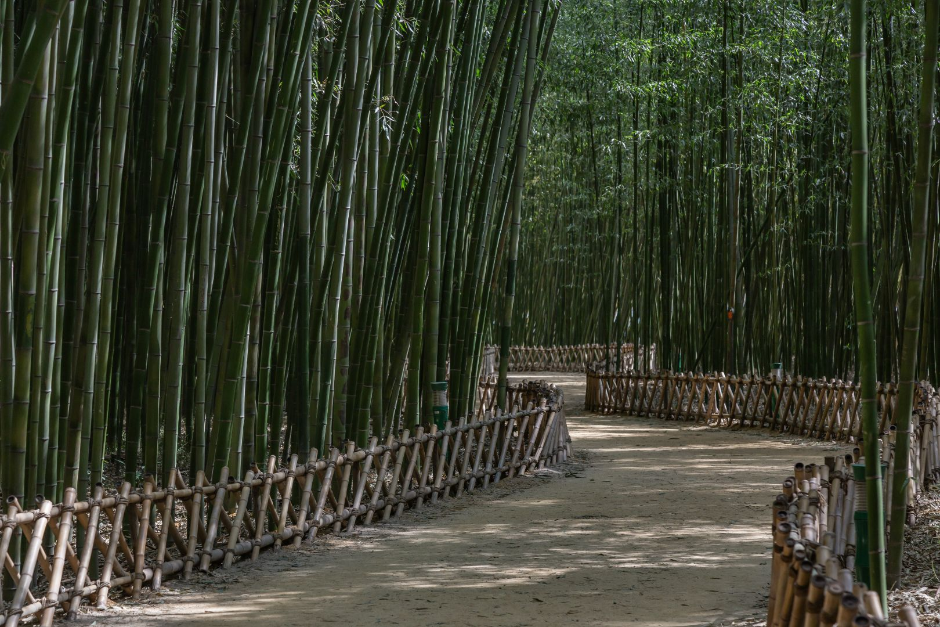
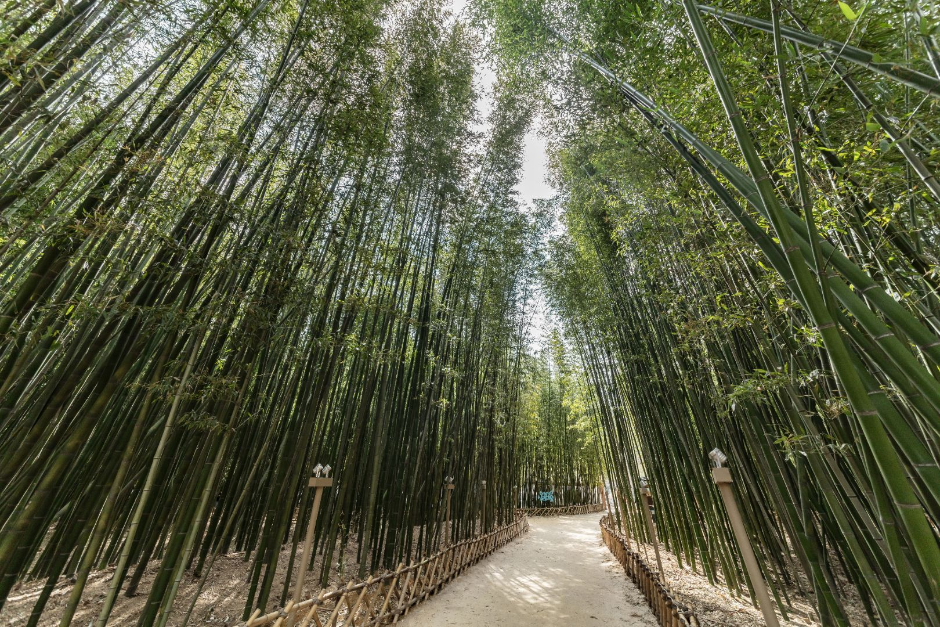
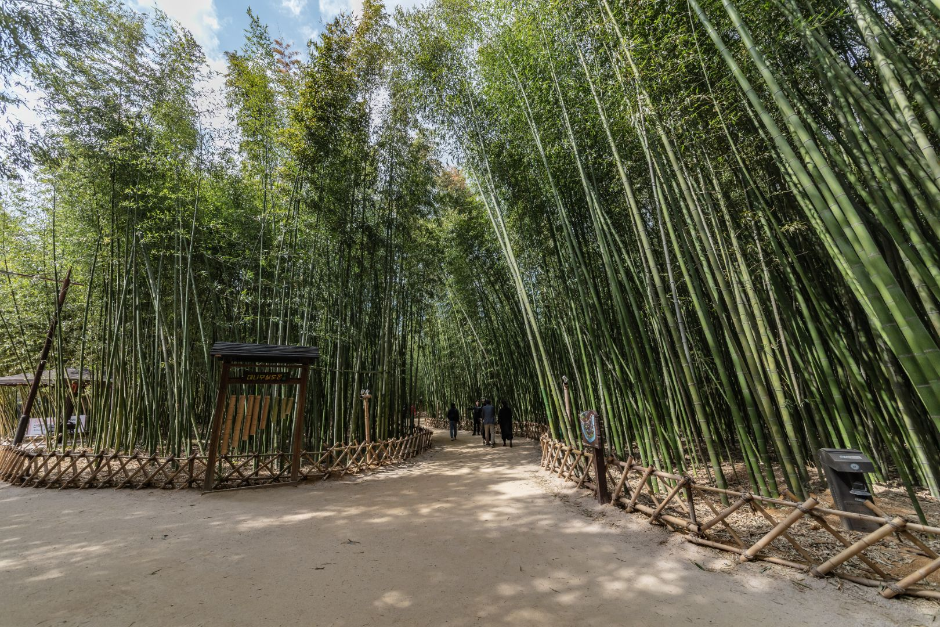
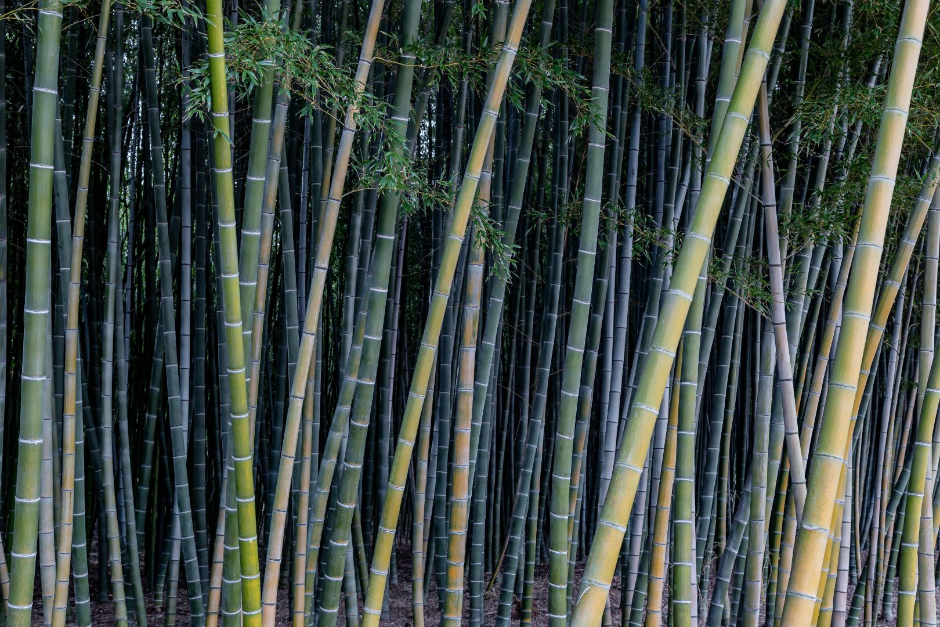
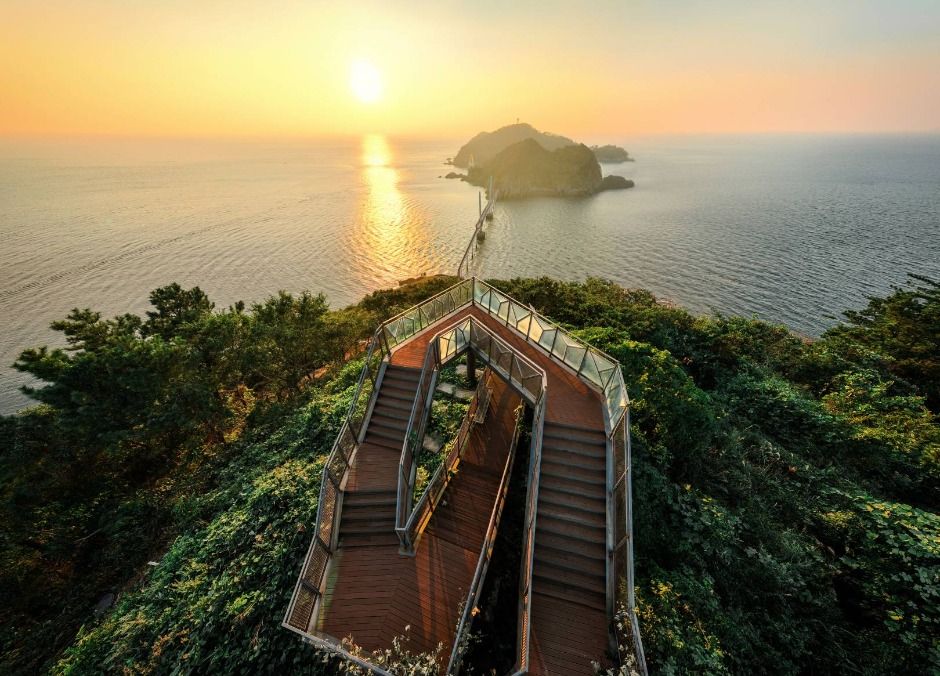
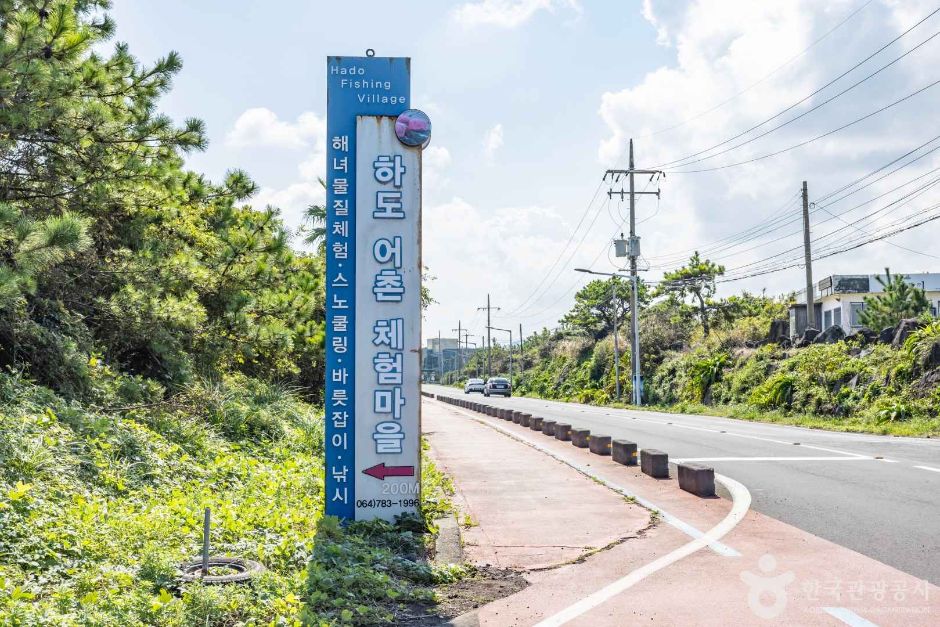
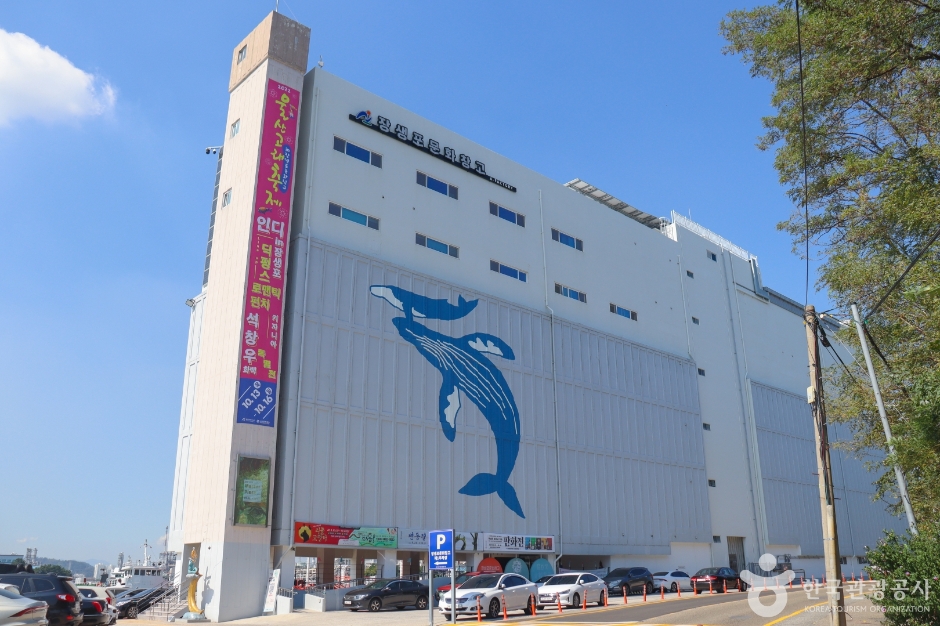
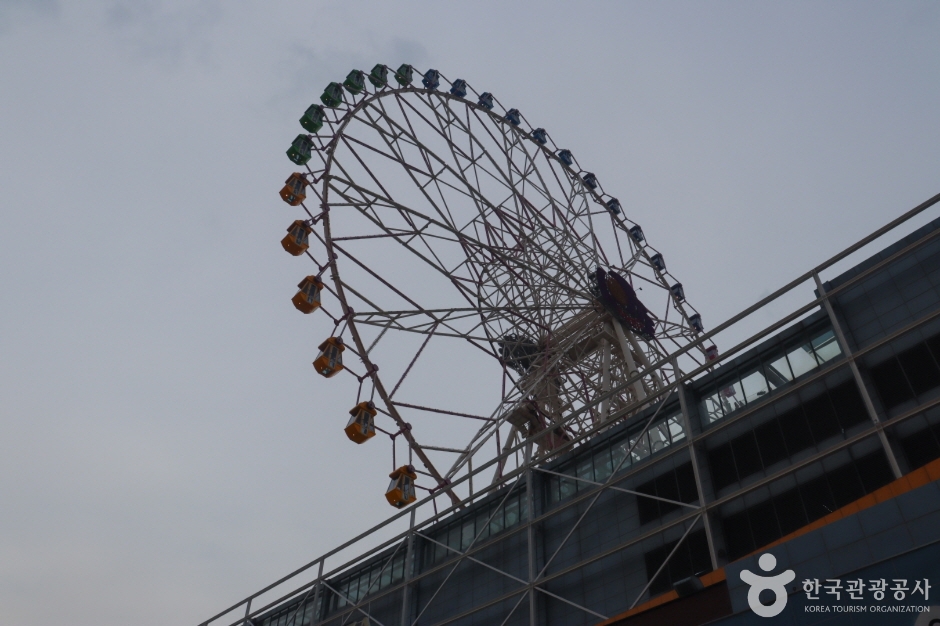

 English
English
 한국어
한국어 日本語
日本語 中文(简体)
中文(简体) Deutsch
Deutsch Français
Français Español
Español Русский
Русский